calsfoundation@cals.org
Union County Courthouse
The Union County Courthouse is located in downtown El Dorado (Union County), a 1920s oil boomtown about twenty miles from the Louisiana state border. The four-story Union County Courthouse, like others across the state, is situated in a public square where businesses, banks, and law offices occupy rows of buildings around the seat of justice. The Arkansas Historic Preservation Program recognizes the courthouse as historically and architecturally significant for its symbolism of El Dorado’s growth and its example of the Classical Revival style. It was added to the National Register of Historic Places on June 30, 1983.
The first building used as a courthouse in Union County was a storeroom owned by Albert Rust at Champagnolle (Union County) in the 1840s. When the county seat was moved to El Dorado in 1843, a rural community dependent on timber and agriculture until it struck oil, a new structure was built there. This was, in turn, replaced by a three-story, brick courthouse with a clock tower. Charles Thompson, a prolific architect in the state, designed it, and contractor R. S. Neal finished its construction in 1881. With the coming of the oil boom in 1921, the rush of capital remade El Dorado. The old courthouse was torn down, and Union County replaced it with a new one built in the Classical style.
Oil-rich Union County deployed its ample funds on the new seat of justice, as it appropriated $750,000 and employed architect Eugene John Stern for the project. Stern worked out of the architectural firm Mann & Stern, which he shared with architect George Mann. The team designed notable buildings across Arkansas, such as the Arlington Hotel in Hot Springs (Garland County) and the Albert Pike Memorial Temple in Little Rock (Pulaski County).
Union County awarded the contract to build the courthouse to William Peterson, who built other structures around Arkansas, such as the Ouachita County Courthouse and the Forrest City High School in the 1930s. Construction began in 1927 on the same site on which the 1881 courthouse had stood and was finished the following year.
On the exterior, Ionic columns stand upright on the east and west sides, and Batesville marble composes the walls. Within, columns support the first level, and black marble trims the doorways; the building’s three courtrooms are just as ornate, with plaster moldings, paneled wainscoting, and colors true to 1920s interior decor. The courtrooms honor notable county citizens. A portrait of Albert Rust, a Confederate general and Arkansas legislator, hangs in the second-floor courtroom, while Federal Judge Emon Mahony is featured in the Chancery Courtroom on the third floor. The building also houses the offices of the county treasurer, coroner, county clerk, and circuit clerk, as well as district offices of a state representative and a U.S. representative.
Just as it stood next to the 1881 courthouse, the Confederate war monument is situated on the lawn at the corner of Washington and Main streets. A statue of a Confederate soldier tops the monument and stands over a fountain. The United Daughters of the Confederacy and its Henry G. Bunn Chapter dedicated the monument on March 21, 1910. The El Dorado Confederate Monument was listed on the National Register of Historic Places on April 26, 1996. There are also monuments on the courthouse lawn to the veterans of the Spanish-American War, World War I, World War II, and the Gulf War, and to the Merchant Marines.
For additional information:
“El Dorado Confederate Monument.” National Register of Historic Places nomination form. On file at Arkansas Historic Preservation Program, Little Rock, Arkansas. Online at http://www.arkansaspreservation.com/National-Register-Listings/PDF/UN0161S.nr.pdf (accessed September 3, 2020).
Gill, John Purifoy, and Marjem Jackson Gill. On the Courthouse Square in Arkansas. N.p.: 1980.
“Union County Courthouse.” National Register of Historic Places nomination form. On file at Arkansas Historic Preservation Program, Little Rock, Arkansas. Online at http://www.arkansaspreservation.com/National-Register-Listings/PDF/UN0001.nr.pdf (accessed September 3, 2020).
Jared Craig
Arkansas Historic Preservation Program
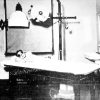
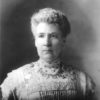
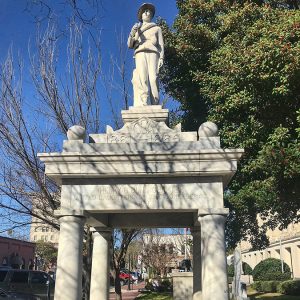 El Dorado Confederate Monument
El Dorado Confederate Monument 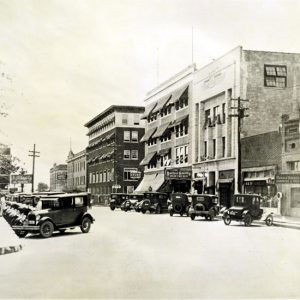 El Dorado Courthouse Square
El Dorado Courthouse Square 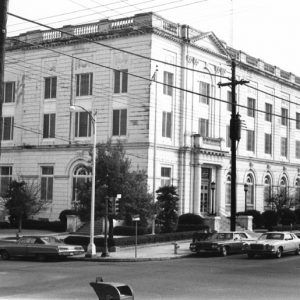 El Dorado Federal Courthouse
El Dorado Federal Courthouse 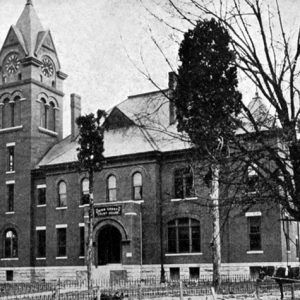 Old Union County Courthouse
Old Union County Courthouse 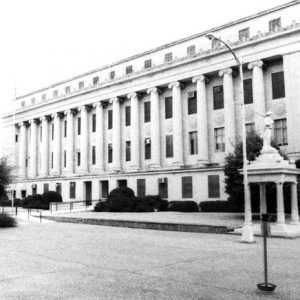 Union County Courthouse
Union County Courthouse 



The County Clerk’s office in El Dorado told me (on 9/14/2025) that the county’s earliest records from the 1820s and 1830s were destroyed in a courthouse fire but could not state when that fire occurred.
In speaking with the curator at the History Museum, he explained that just prior to the demolition of the immediate predecessor to the present 1921 courthouse, there had been a fire in the courthouse but he did not know to what extent. He did remark how the room on the second floor of the present courthouse where they store the county records (ledgers, folders, etc) are unprotected from flame and most are lying out on tables or in metal filing cabinets.
I have not seen any of this to know what fire protection methods may be available or if the current records have a supervised automatic fire sprinkler system, but from his descriptions and my own observations of where they have some of their nineteenth-century records stored, if a fire were to occur today, much of what they do have will be lost.